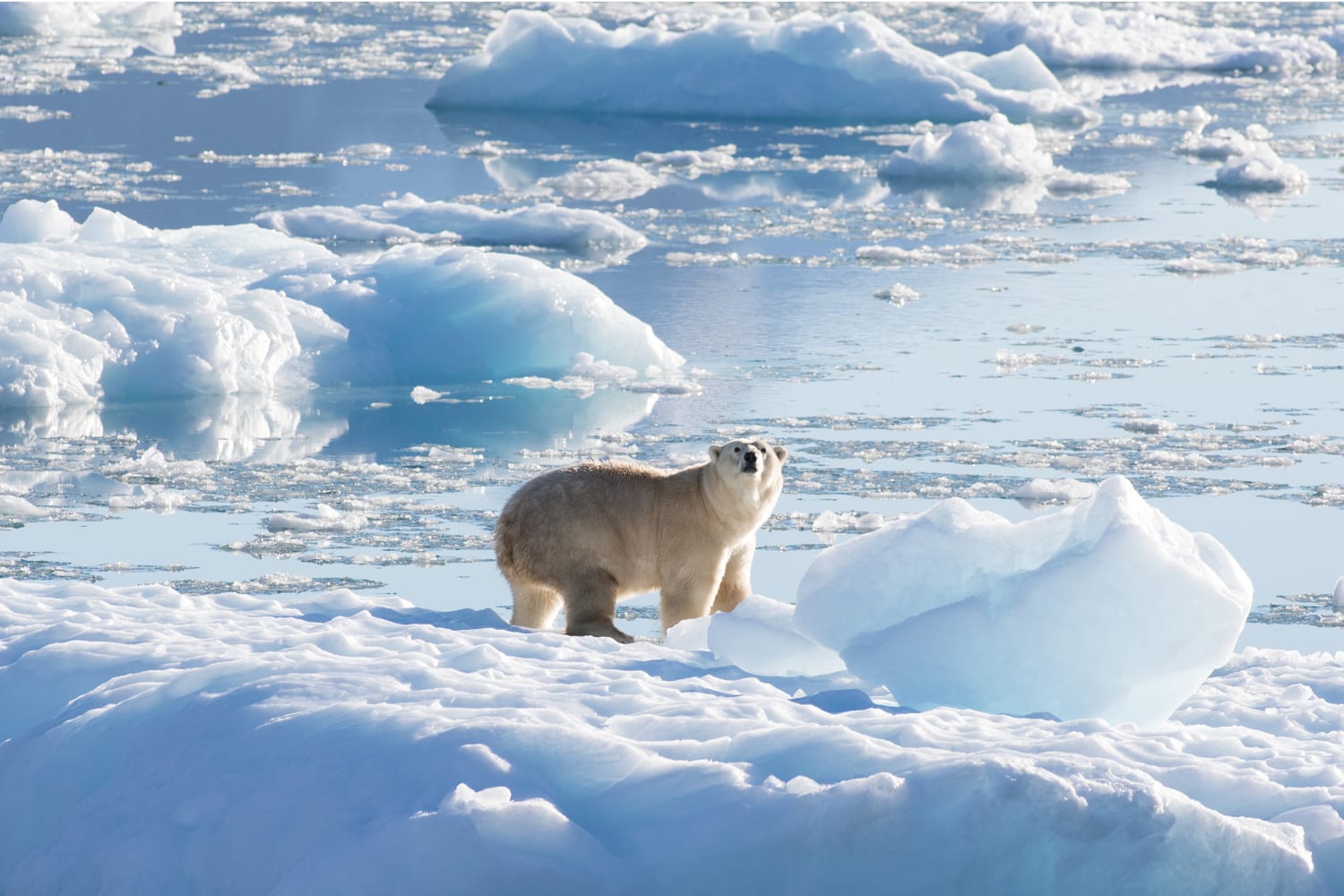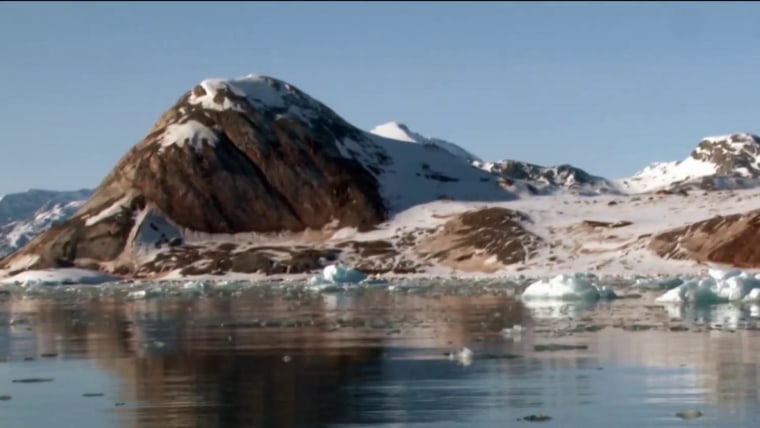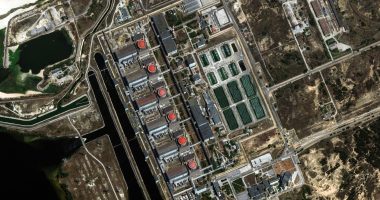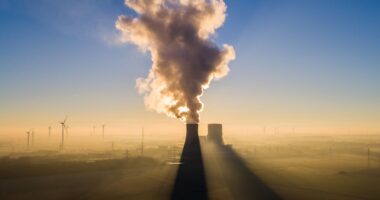Over years of study and careful observation, scientists began to notice bears in southeast Greenland never seemed to stray too far — rarely venturing away from their home fjords with narrow, coastal glaciers.
“They’re hemmed in on all sides,” Laidre said, restricted by nearby topography, areas lacking habitat, open water and human civilization. Bears that left the fjords didn’t necessarily do so by choice.
During the period of study, 11 southeast Greenland bears floated away on pack ice, which is ice that is untethered to shore and able to float away. Stiff currents sent these 11 bears southward — away from home. But in the end, each of the 11 bears swam ashore and walked back to their home fjord within a month or two, the study says.
The researchers also dug into southeast Greenland bears’ genetics.
“They are the most genetically isolated polar bears on the planet,” Laidre said. The scientists believe the bears have been largely cut off from other populations for hundreds of years.
The researchers’ data also showed how the bears were able to survive without much sea ice.
In southeast Greenland, freshwater glacier ice flows from inland toward the coast, where it breaks up and floats in the ocean. The bears were able to walk between these floating, freshwater platforms.
“They use this glacier ice to hunt seals through summer,” Laidre said. “They have an alternative hunting platform a lot of bears in the Arctic don’t have.”
Polar bears are expected to decline along with sea ice as climate change proceeds, but it’s possible that glacial ice like this could provide some refuge for small groups of polar bears, Laidre said.
“This particular group of bears, and further work in understanding how they survive in these conditions, can probably help us better understand polar bear persistence,” Laidre said
Years of field data — observations from helicopters, satellite tracking of bear movements, genetic samples and body mass measurements — underlie these findings.
And it’s no easy feat to weigh a wild polar bear.
The scientist’s field seasons are in spring, when the sea ice is present and it’s possible to land helicopters on that surface.
When the weather is nice enough, researchers fly in the helicopter to temporarily capture bears for further analysis.
Using a special rifle, researchers shoot darts at the bears from the helicopter. The darts can be used either to immobilize the bears or to simply collect a small piece of tissue for a genetic biopsy (the dart falls to the ice and can be retrieved later).
When it’s safe to immobilize a bear, the helicopter lands on the ice, and researchers hop out for testing and to sometimes affix satellite tracking collars.
As part of the analysis, researchers roll immobilized polar bears onto a net, attach the net to a hoist and then lift the bear up for a measurement of its body mass.
“On good days, we might catch five to seven bears, and we would take genetic biopsy darts in another five,” Laidre said.
The researchers combined three years of field work in southeast Greenland with data from other parts of the country, interviews with local hunters and genetic samples from harvested bears.
All in all, they used the genetic information of several hundred bears and the tracked movements of more than a hundred to form their data set.
Their work — and new research findings — could help identify conservation priorities and areas where polar bears might have a better chance to adapt to a warmer future.
Source: | This article originally belongs to Nbcnews.com











